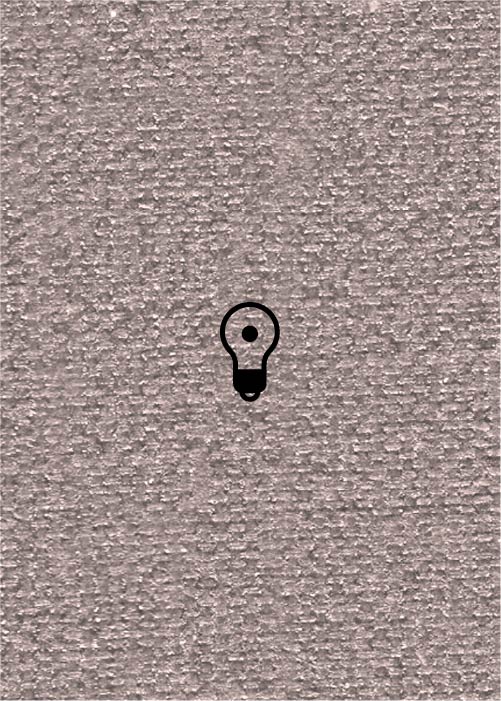(1457 results found)

Kale badekns (LKT)
… This entry is part of the Lexicon of Klezmer Terminology (LKT) . The LKT …

Kale bazingen (LKT)
… This entry is part of the Lexicon of Klezmer Terminology (LKT) . The LKT …

Kale-tants (LKT)
… This entry is part of the Lexicon of Klezmer Terminology (LKT) . The LKT …

Kamarinska (LKT)
… This entry is part of the Lexicon of Klezmer Terminology (LKT) . The LKT …

Kavalier (LKT)
… This entry is part of the Lexicon of Klezmer Terminology (LKT) . The LKT …

Kaylekhikes (LKT)
… This entry is part of the Lexicon of Klezmer Terminology (LKT) . The LKT …

Kazachok (LKT)
… This entry is part of the Lexicon of Klezmer Terminology (LKT) . The LKT …

Kozatshok (LKT)
… This entry is part of the Lexicon of Klezmer Terminology (LKT). The LKT … given near-virtuoso features. Moreover they became multi-part works.” Goldin 1989, p. 15 . “The follwing kozachoks … kozachoks and hopaks that were adopted are only a small part of the non-native element in klezmer music. Very often …

Kozatske (LKT)
… This entry is part of the Lexicon of Klezmer Terminology (LKT). The LKT … even though she is poor and cannot pay for it. The first part of the melody is of Jewish origin, the latter part is Russian and in keeping with the character of the …

Kozak (LKT)
… This entry is part of the Lexicon of Klezmer Terminology (LKT). The LKT …


